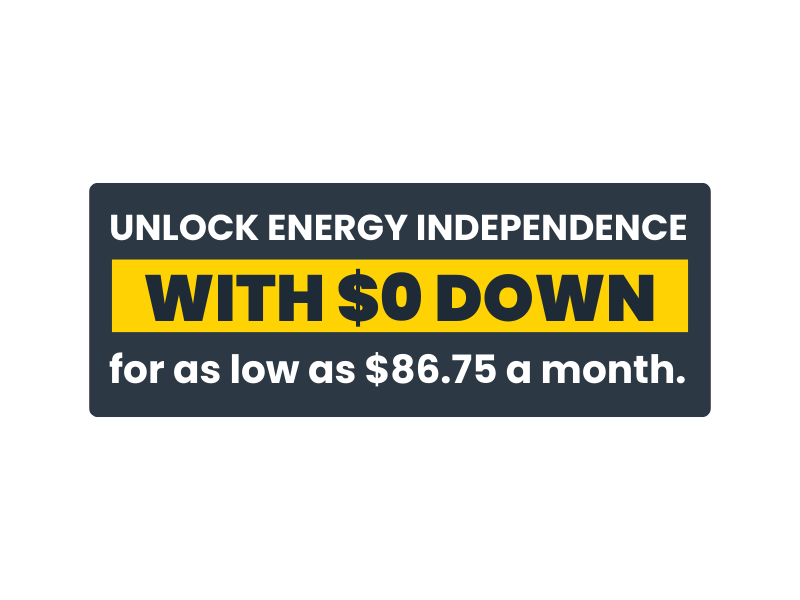Analysts are still rolling up the numbers for solar energy system installations in 2015. Throughout the year many things worked in favor the buyer, and some original forecasts will likely be exceeded. The market is maturing from the supply side through installation all the way to the service end. Many disreputable companies and ones who couldn’t stay competitive have fallen out. The outlook for 2016 is even more optimistic than the outlook a year ago for many analysts. Combine these and solar for residential, commercial, and even utility scale will continue to bloom. We look at a few of the positive factors and forecasts that will most likely have the most influence primarily on homeowners.
The Gift at the End of 2015
The December 18 news of the bill passage in the last legislative session of 2015 extending the Investment Tax Credit (ITC) still dominates the news as we start 2016.
This action could be the single most influential event. It not only gives homeowners and business owners more incentive to choose energy independence through renewable sources, but it also gives financial investors market certainty with a stable tax credit. Solar and wind technology are primarily benefited. But other distributed energy technologies, such as geothermal, are given brief ITC (or Production Tax Credit, or PTC) extensions. Specifically, for solar the bill will provide extensions of the ITC over the following schedule:
- 2017 – 30%
- 2018 – 30%
- 2019 – 30%
- 2020 – 26%
- 2021 – 22%
One goal of this continuation of the tax credit stimulus to give the market more time to reach cost parity with traditional forms of central power generation. Looking at the industry as a whole, this also helps to keep solar energy installations attractive while policy makers and utilities work out the best ways to integrate the growing level of distributed solar power in networks across the country.
There are various opinions and conclusions about how this will impact solar installations moving forward. For publically traded companies delivering technology or large scale nationwide services, such as installations, it may draw increased financial investment interests quickly. Advisors see the ITC stability as a clear signal for many to act and for many to invest in companies. Investments, especially in technology, give a faster path to both manufacturing efficiency and operational efficiency through improved cell technology. Although the margins for improvements are smaller as we have noted, having developmental cash makes implementing the incremental changes easier.
The YellowLite perspective is that the ITC actually gives installers the ability to build our companies with more certainty about the future. Not only will we expect and search out for the better technology as mentioned above, but we can now develop staff with a brighter outlook for a longer, more stable future. Many researchers and analysts see it the same way.
The 2016 Outlook
Predictions vary about the ITC impact on purchases and installations just for 2016. There is little doubt it will benefit homeowners greatly beyond this year, compared to a market with the end of 2016 expiration in place. Most expect some reduction in the originally anticipated activity, all to varying degrees. To us this is possible good news, as the market had built capacity and inventory levels to match demand, especially where longer leads are needed overseas in Asia. So, even a marginal decrease in purchases due to the significant extension could put measureable downward pressure on prices. And that is good news for customers who will seriously consider their energy independence this year.
According to GTM Research, annual U.S. solar installations are expected to grow from 6.2 GW in 2014 to over 7.1 GW in 2015 -- to an incredible 15 GW in 2016. And now with the recent investment tax credit extension the industry is now expected to grow to 20 GW per year by 2020. The research agency believes the distributed market – mostly residential and small businesses – will see 35% more growth because of the continued policy. Utility scale installations may benefit the most, so that the overall market impact is a possible 54% greater growth.
The SEIA is equally optimistic, estimating that by the end of the newest extension in 2022, the U.S. could be approaching 100 GW installed, or about 3.5% of the nation’s power supplied by solar.
Several experts noted that one of the benefits of the ITC and PTC extenders is that they provide a bridge for renewable energy expansion between now and the first set of state compliance deadlines for U.S. EPA's Clean Power Plan (CPP) in 2022. See our previous posts for more details about the CPP and the region.
Perhaps just as important, according to Mohit Anand of GTM Research, this policy renewal bumps the U.S. to be the second most attractive marketing for solar PV manufacturing. Not only is domestic manufacturing good for quality, it is a tremendous benefit for our economy, too.
Looking Forward
At YellowLite, we want the customer to be smart in addition to being satisfied. Informed decisions sheould be based not only on our experience but also on the expertise across the industry. We will continue to monitor and update on any factors or events that impact the marketplace. Ultimately the choice to go solar is a personal one, and each homeowner must evaluate what is important to them. We see many reasons for there to be more advantages in 2016 over 2015 even though the ITC survives much longer. Some are noted above. We encourage you to stay tuned to these posts to learn more about whatever your interests are concerning your energy independence.
Interested in learning more about YellowLite’s renewable energy solutions? Reach out to us today to learn more.



